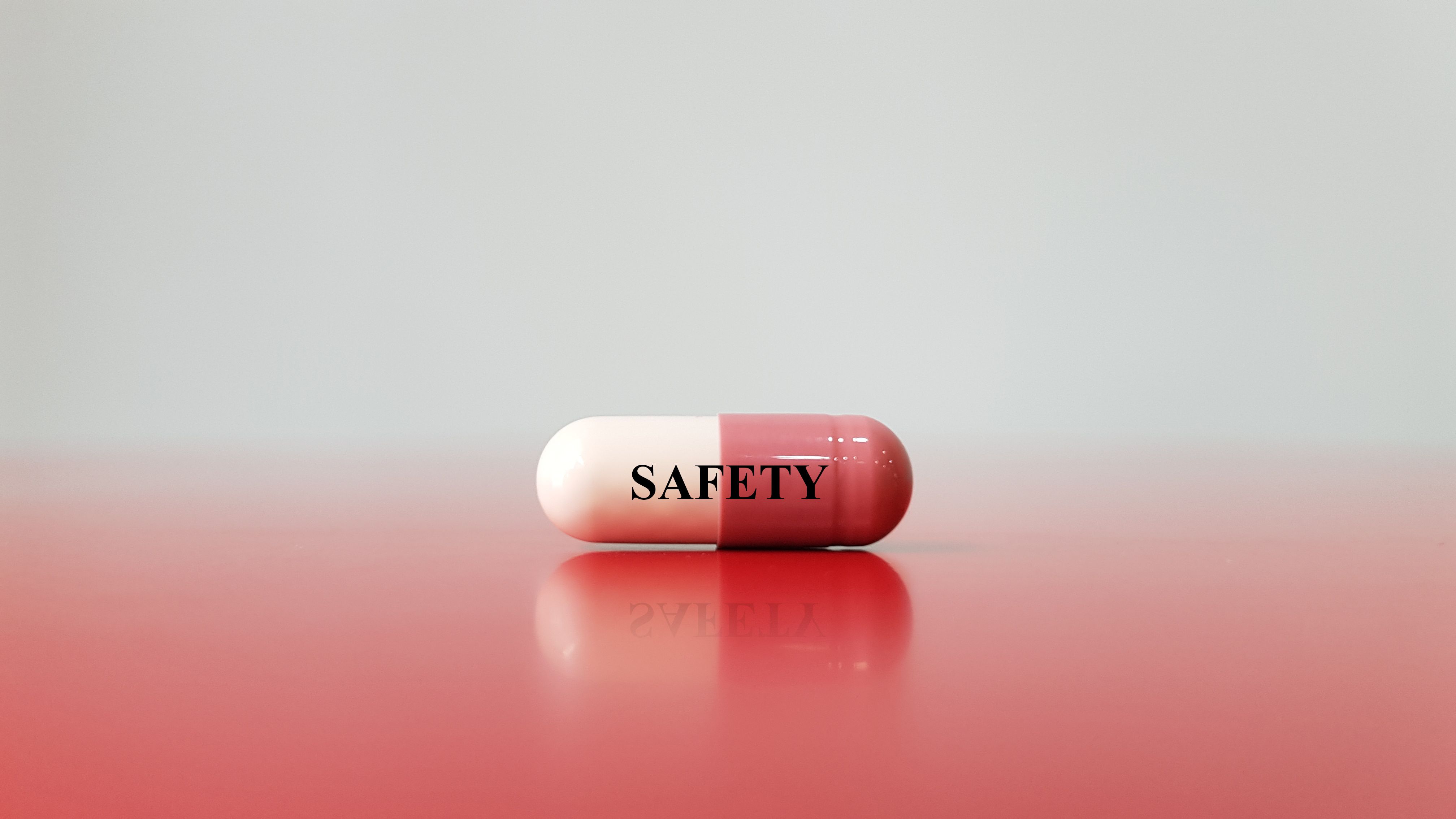News
Article
Transforming Medication Safety into a Value-Driver
Author(s):
Advanced technology can automate many pharmacovigilance tasks to build workflow efficiencies, reduce manual intervention, and free up team members for more strategic activities.
Many organizations view drug safety as a cost center. On the surface, pharmacovigilance (PV) doesn’t directly generate revenue and it’s difficult to quantify the benefits; however, safety is a critical value driver when leveraged properly.
Image credit: Joel bubble ben - stock.adobe.com

Organizations must break away from their traditional view of safety as only a required compliance function. By proactively managing safety signals and finding opportunities to maximize drug potential, PV teams enable pharmaceutical companies to bring more products to market faster and deliver better patient outcomes.
Challenges such as rising case volume, growing datasets, and limited resources can inhibit the impact of pharmacovigilance. To transform safety into a profit driver, teams need the proper tools.
Strategic value drivers
Pharmaceutical companies can unlock PV’s strategic value by using several levers.
People
PV team members possess high-value signal detection and analysis skills, but workflows often prevent them from fully applying that knowledge. Legacy processes are notoriously riddled with tedious workflows beholden to spreadsheets, leaching valuable time away from qualified professionals. Organizations must empower their people to operate at the top of their license.
By automating routine tasks, teams no longer shoulder the burden of repetitive tasks. Instead, they can quickly extract safety-relevant insights to apply their advanced medical reasoning. With the bandwidth to focus on value-adding activities, teams can gain insights beyond immediate safety risks to identify positive causal relationships and predict the likelihood of adverse events.
Processes
Effective PV requires efficient and streamlined workflows. Companies should implement end-to-end processes covering the entire drug lifecycle to break down data silos, enhance cross-team collaboration, and standardize practices. Applying these workflows from initial case intake through post-market signal management allows safety insights to guide everything from clinical trial design to surveillance. Efficiency reduces costs and improves overall performance.
Technology
Advanced technology automates many PV tasks, thus building workflow efficiencies, reducing manual intervention, and freeing team members for more strategic activities. Automation also improves the quality and timeliness of data analysis, unlocking new value.
Scalability
Data volume grows by the minute. Providers alone generate1 roughly 137 new terabytes daily, so PV systems must be scalable. AI- and ML-powered cognitive analytics ensures organizations can handle these volumes, gain valuable new levels of insights, and meet safety obligations as products and markets grow.
A strategic vision for safety
Converting safety from an operational function to a strategic center requires a clear organizational vision for safety. The principles guiding this strategy include patient safety, data-driven decision-making, and continuous improvement.
Bringing this vision to life requires investments in technology and analytics.
Embrace the cloud
Traditionally, life sciences organizations have relied on on-premises solution implementation—however, legacy systems present certain limitations. PV teams struggle to remain current with system updates and compliance requirements, and scaling operations and introducing new data sources becomes costly.
Many other industries leverage the cloud to great benefit—pharmaceutical companies can, too. Organizations can scale cloud-based systems up or down to meet evolving needs. Connected, open-architecture solutions enhance collaboration.
Teams can enter data once in a central repository, and the information is seamlessly shared across applications and geographical locations, allowing global stakeholders easy access. With cloud platforms’ connected nature, teams have the latest compliance standards and software updates, and owned hardware costs are reduced.
Invest in automation
PV requires teams to gather case data, extract relevant information, and populate a database. Accomplishing these tasks manually is error-prone and requires multiple manual reviews and checks, sucking away valuable time from more complex and impactful work.
Automation streamlines these tasks for better resource utilization and enhanced consistency and accuracy. The technology enables PV teams to effectively handle increased case volumes, products in the market, and globalized footprints.
Leverage data and analytics
Data and analytics unlock safety intelligence. Relying on legacy systems, complex IT stacks, and manual processes hinders teams' abilities to transform data into actionable intelligence.
By leveraging the cloud and AI to integrate and analyze data, PV teams can identify new safety signals, assess risks, and improve patient outcomes faster and more accurately. Analytics enhance case management efficiency, decision-making, and signal detection. Cognitive computing turns real-world data into real-world evidence. With the ability to conduct deeper, hypothesis-free signal data analyses, safety scientists can establish more robust benefit-risk and treatment safety profiles. Analytics’ numerous benefits enable PV teams to better serve each patient.
Embracing the cloud, automation, and analytics transforms safety into a value-driver. In addition to saving time and extending resources, PV teams can move beyond identifying and addressing safety concerns after they occur. When equipped with the right tools and processes, teams gain the ability to proactively prevent problems and uncover new drug uses for improved patient outcomes, ultimately contributing to bottom-line performance.
About the Author
Laura Ferguson brings over 15 years of experience within the Life Sciences Industry. Currently serving as a Product Management Director at ArisGlobal, she has demonstrated her expertise in various roles throughout her career. In her previous role in professional services, Laura focused on leading project implementations and providing post-implementation support to guarantee customer success. Throughout her career, Laura has gained extensive knowledge and hands-on experience in various areas of the industry, including case processing, submissions, CAPA Registrations for Non-conformities, PV Partner Agreements, compliance tracking, and audit readiness. This diverse background has equipped her with a comprehensive understanding of the intricacies and challenges within the Life Sciences Industry. With her deep industry knowledge and dedication to customer satisfaction, Laura consistently delivers successful outcomes for both internal and external stakeholders.
Reference
1. HealthTech Magazine. Structured vs. Unstructured Data in Healthcare. HealthTech Magazine. 2023. Available at: https://healthtechmagazine.net/article/2023/05/structured-vs-unstructured-data-in-healthcare-perfcon#:~:text=Providers%20generate%20roughly%20137%20terabytes,data%20management%20plan%20in%20place.
Newsletter
Stay informed on drug updates, treatment guidelines, and pharmacy practice trends—subscribe to Pharmacy Times for weekly clinical insights.






